RIP David Lynch (1946-2025)
- 11 minutes read - 2248 wordsPortrait by Marco Grob
As soon as you put things in words, no one ever sees the film the same way. And that’s what I hate, you know. Talking—it’s real dangerous.
David Lynch in The Guardian, 23 June 2017,
A few years ago on this site, I bade reverb-drenched farewell to Angelo Badalamenti, the inimitable creator of the lush soundscapes of David Lynch films. Last month, Lynch joined Badalamenti in whatever surreal nothingness follows this world. Our world, on the other hand, will be all the poorer for it; the surreal nothingness beyond will find itself dull in comparison to the imagination by its new resident.
Lynch leaves us with a body of work that defies categorization and continues to haunt our collective imagination like a half-remembered dream. Could the hideous be beautiful? The banal, profound? And Lynch excelled at doing cross-hybrids of these questions: Is there hideous banality or beautiful profundity?
In Lynch’s world, absolutely yes: beautiful suburban streets with American flags and fire engines host that one overgrown, weedy lot on the corner that – shockingly and inexplicably – features a human ear, loosed from its owner by unthinkable means.
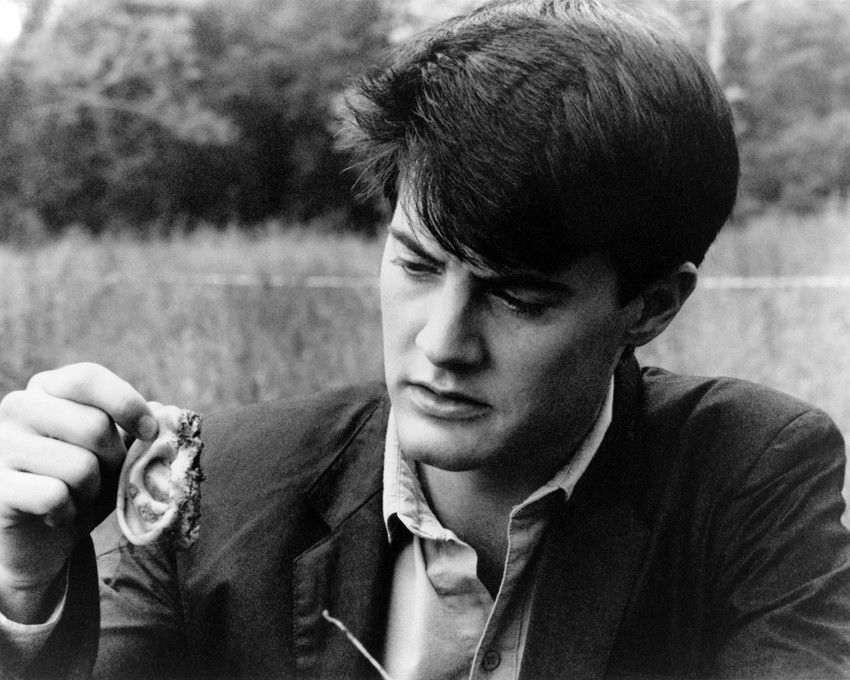
This will lead to a woman you’re not capable of handling, and an introduction to domestic versus foreign beer consumption, Jeffrey
For the singularity and artistry of his unique visions, film students and cultural theorists will be pondering him and the meaning of his work for years.
Visionary
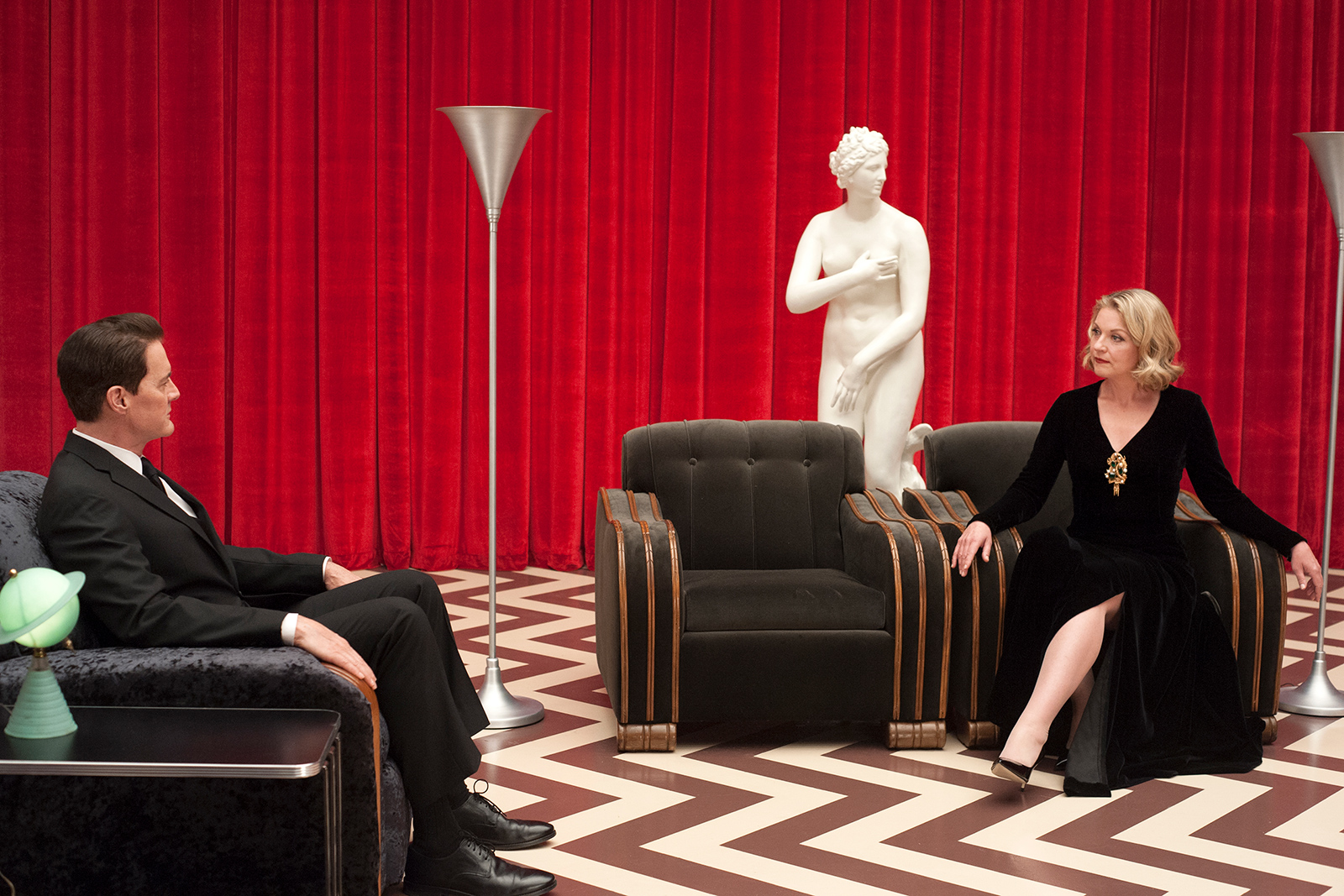
What midecentury-modern limbo is this?
Lynch was a visionary. He had a willingness to follow images and ideas that emerged from his subconscious even when sense and causality ran counter to them. His art was comfortable in the liminal zone between the waking/the dream, the past/the foretold, the erotic/the terrifying, the monstrous/the beautiful, the ultimate nothing/the ultimate nothing’s nothing. To go along with one of his productions was to surrender to the unease and liberation that comes from basking in the incomprehensible yet totemically communicative. His films were shamanic vision quests that spoke in symbols that were bafflingly strange but yet utterly familiar in an ancient mode of storytelling and social organization.
“Ideas are like fish,” he wrote in Catching the Big Fish (2006). “If you want to catch little fish, you can stay in the shallow water. But if you want to catch the big fish, you’ve got to go deeper.”
The Earnest Eagle Scout and Good American

David Lynch’s Blue Velvet: Picket fences and ether
Unlike many “visionary-” labeled directors, Lynch never presented himself as cleverer or trickier than his audience. He wore his humility and earnestness on his sleeve by describing himself as “Montanan” and “Eagle Scout” again and again. He tended to attribute his gifts to accessible muses and downplayed his own talent. When brought face-to-face with his singularity, he often demurred, dissembled, and changed the topic. He was never cynical and always let a certain “Aw Shucks” earnestness lead him.
His stories were also deeply American. He could tell the tales of small-town America or the demimondes of Los Angeles with equal ease. I think that he often reminded Americans that while our history as a nation-state on this land has been brief, my magic, mystery and terror of his dreams lived in the land itself and seeped upward into our unconscious. We were the land of Bob’s Big Boy (a favorite restaurant of Lynch), but also the land of the Salem Witch trials and snake handling revivals. We have our own deep autochthonic mythos the fueled the shamanic elements reflected in his work.
I think his wholesome film (it’s on Disney+!), The Straight Story, captures this aspect of Lynch. A man rides a lawn mower, owing to his age and disability, across the state to see his ailing, estranged brother. That’s “Lynchian,” that’s weird. But along the way he acts as a counselor to various other dispossessed, depressed, and spiritually sick. The protagonist is a shamanic healer and with each fellow American he counsels, listens to, and forgives, he heals other hearts on the way to healing his own – a shamanic boy scout: an avatar of Lynch himself.
And as someone fascinated by abstraction and symbolic representation, I – and many other smart, bright people – often got Lynch wrong by intellectualizing that he had a secret plan of “what it all really meant.” But he didn’t and never feigned so. He said that to explain one of his films properly, he would wind up re-creating the film. They were their own explanation, their own reality, and all the nuances they contained could only be communicated by that very film. There was no map to the territory; there was only the strange territory itself.
When that explanation was taken earnestly, it shows itself not to be pretense or vanity, but rather an invitation to a shared dream. And the purpose of the dream? Who knows; would you like to see this one? Would you consent to letting Lynch’s fabulous dreams unmoor you like a zen koan that you might experience emotions that were generally absent in quotidian life?
The Emerald City Connection
If one takes Lynch as earnest and if one accepts the strangeness of his vision as being key to priming our mental substrata to receive his dreams, we see that a movie with an outsize influence on his work that works by the same “there is no deeper/allegorical meaning but for its own dreamlike state” was The Wizard of Oz (1939). He confirmed his love for the movie many times.
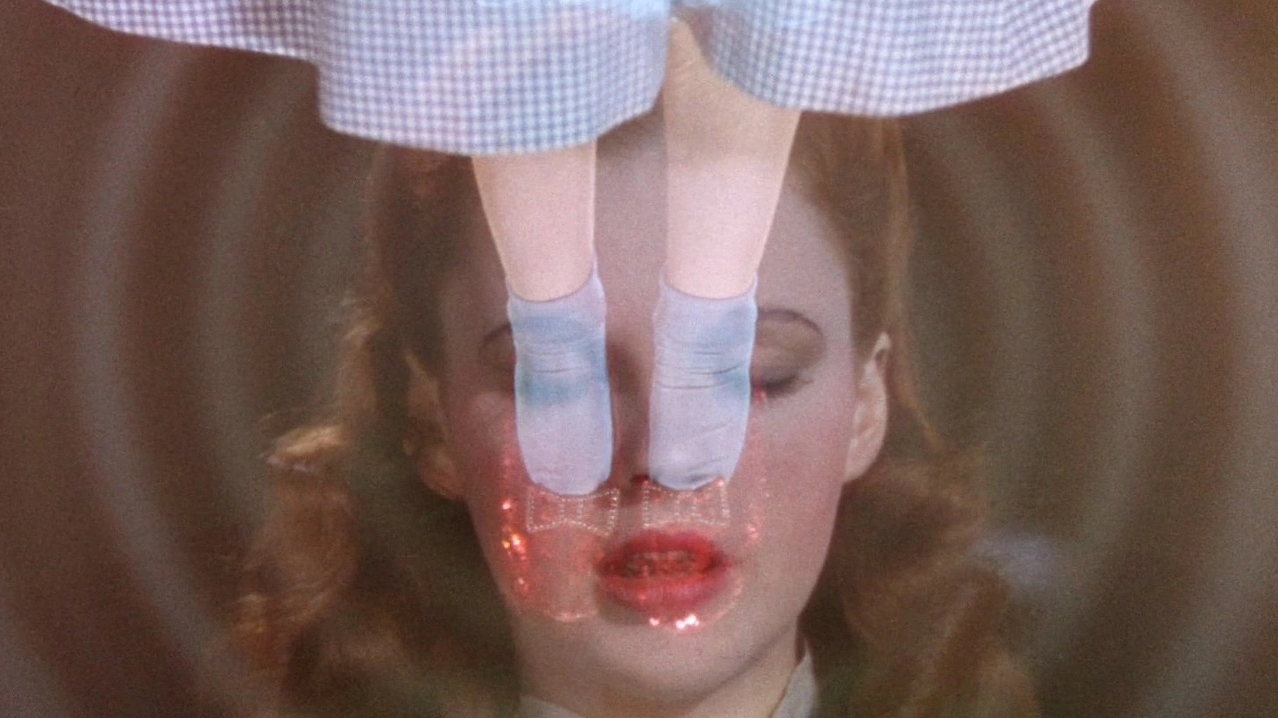
It’s all here: A sensual female, a dream, and the wishing for a dream
Not only was it the key to his film Wild at Heart in terms of story, but it was a prototype of the fantastic movies he so often made. In the heart of the American heartland something fantastic happens; a dream-like world is entered; visually astounding things are beheld while basic daily sense data is found to be suspect; and then dream-like world collapses chaotically. The purpose of the surreality or visual majesty was not an artifice, it was simply the right visual for inducing the right emotional state.
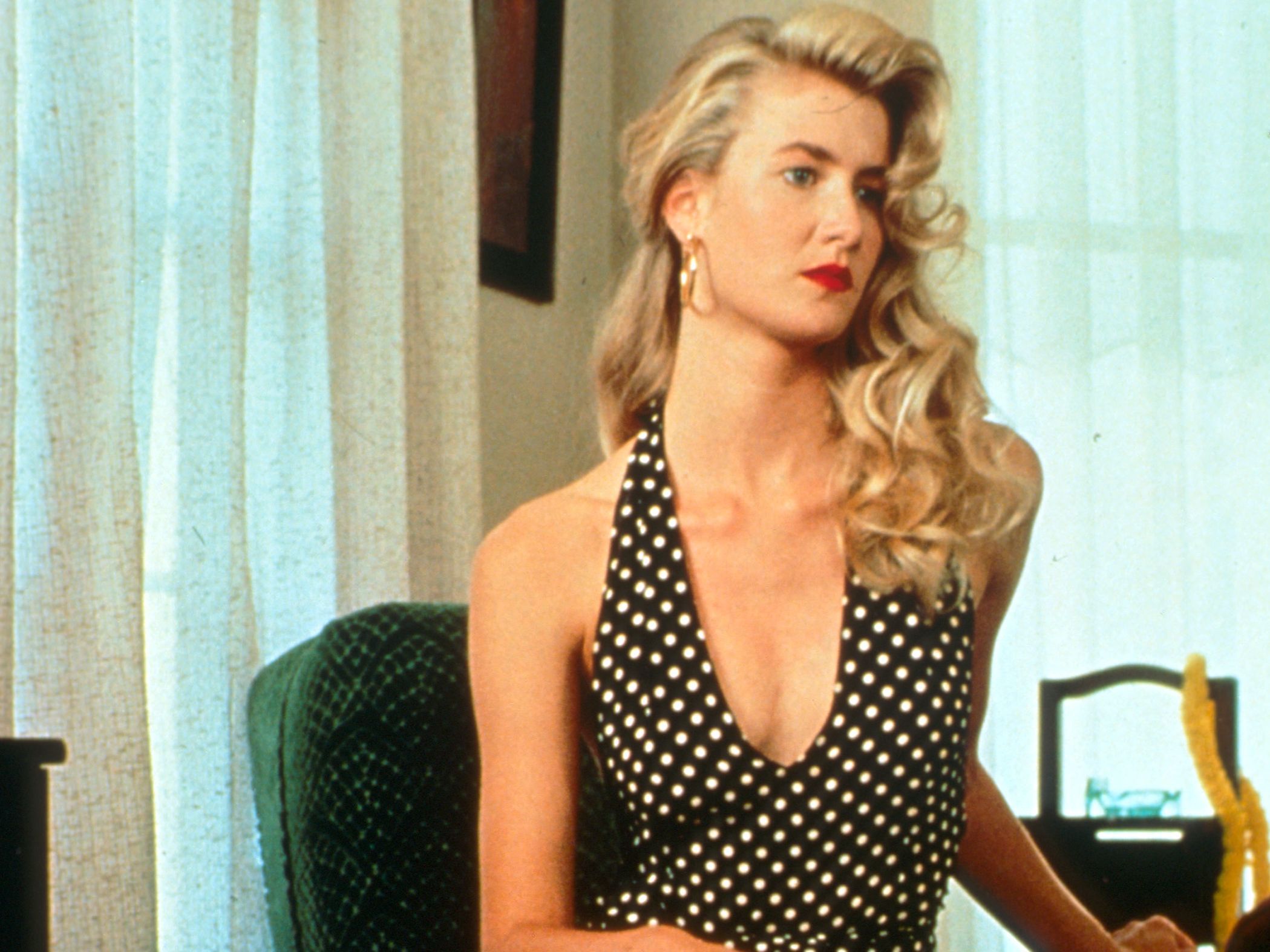
Our modern Dorothy Gale
Personal Reflections
Lost Highway
My journey with Lynch began in 1989, when the adults around me (including my dad) became obsessed with the mystery of Laura Palmer in Twin Peaks. This image was everywhere then and I have never forgotten it.
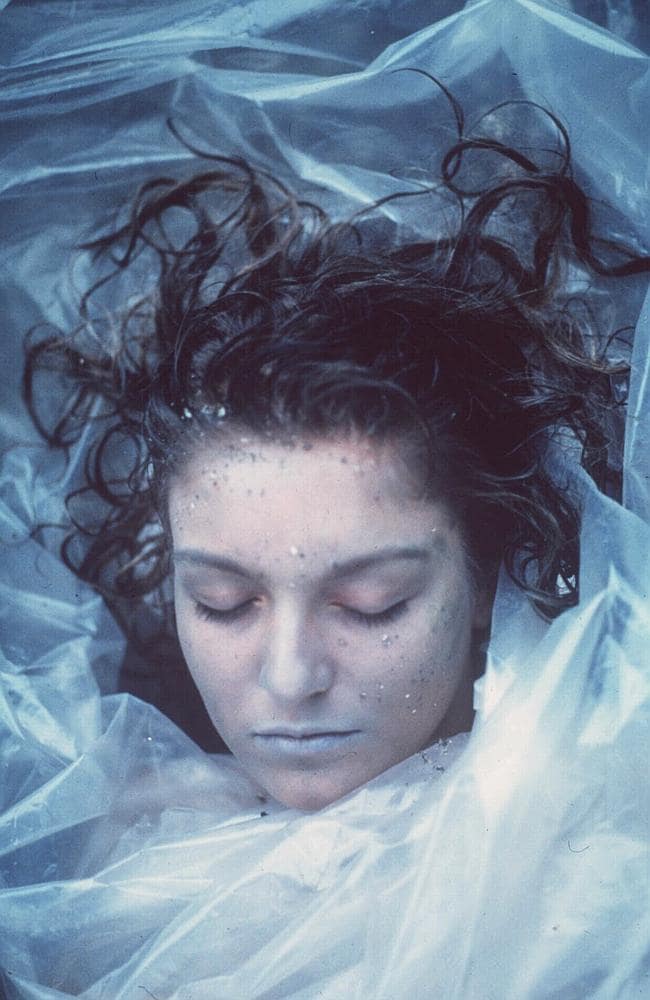
Master of (de)composition
I remember my friend Matt’s parents being absolutely certain that the VCR was set to tape that night’s episode. It was a phenomenon. Twin Peaks was too strange for my tween sensibilities at the time, but Lynch hit one of his peaks (heh!) at exactly the moment I was getting curious about serious film: Lost Highway (1997) arrived during my college years, and Mulholland Drive (2001) followed in my post-graduate life.
I caught Lost Highway with my friend Gil at the Kijkhuis arthouse theatre in Leiden. It was a Möbius movie.
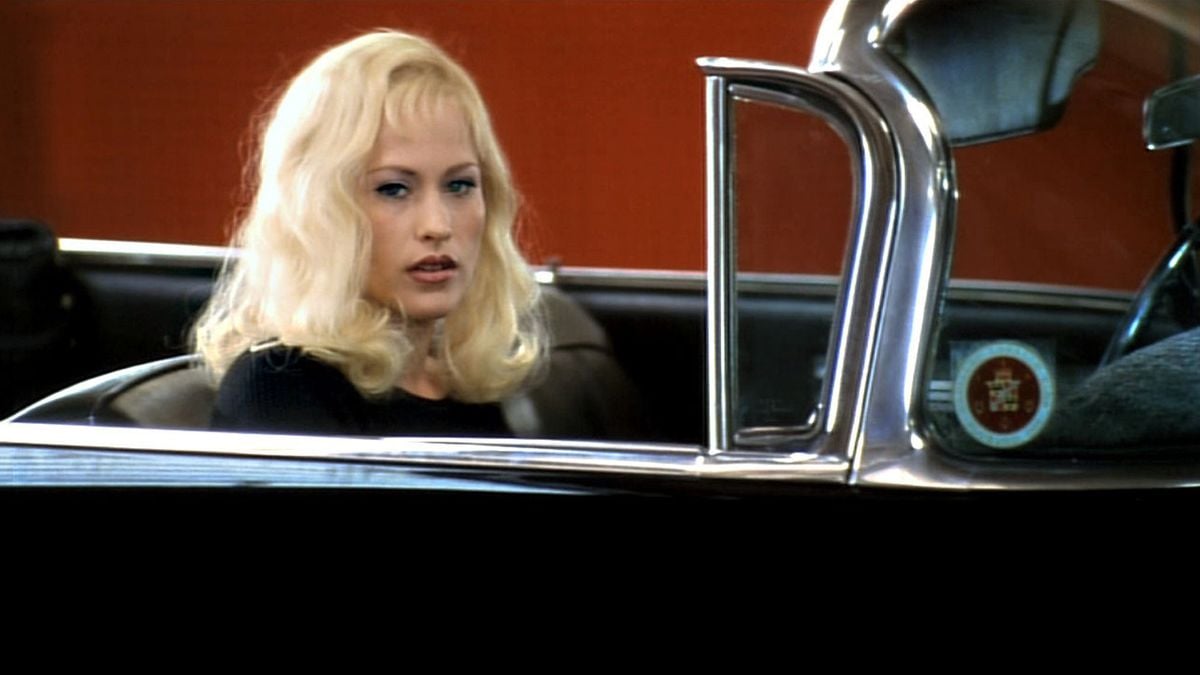
La femme fatale
In a sexy and sweaty Los Angeles, a cuckold-paranoiac saxophonist, Fred (Bill Pullman), wrestles with fidelity and trust as twisted around his icy and voluptuous-yet-distant wife, Renee (Patricia Arquette). Lynch said the inspiration for the story was the OJ Simpson…thing…that roiled LA in the early 90s.
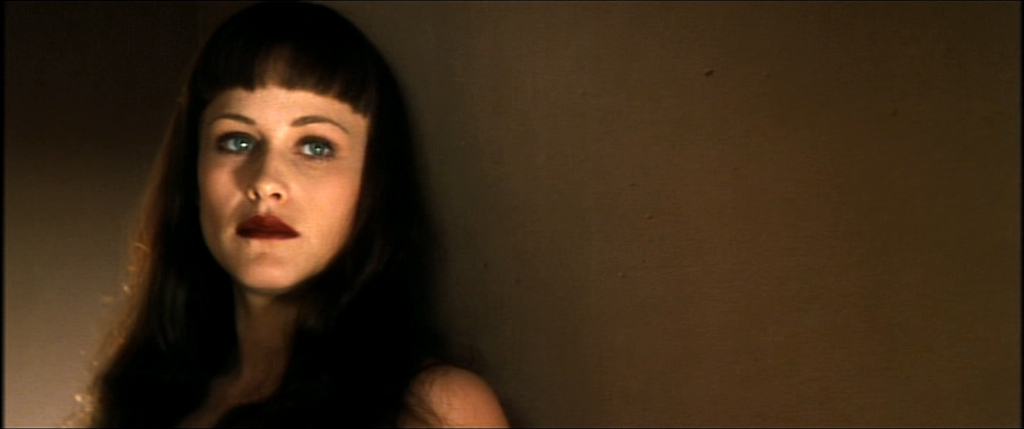
The line between marriage and ownership
After a long, late night gig, he returns home and, in the night, is interrupted by a doorbell and the cryptic announcement at his door speaker: “Dick Laurent is dead.” More action happens until another story erupts from a jail cell like Athena from Zeus’ skull before it collapses back into the story of the saxophonist.
A few quick points on the images in this movie:
No one rivals Lynch for capturing the enfolding, black, inky night of LA like Lynch. The scenes with the exploding house the highway in the dark are as essential to the character of LA as the palm tree. The only rival is Tarantino in “Once Upon a Time in Hollywood.”
Few directors knew how to bask in the erotic fatality of Patricia Arquette (search for those images with safe search OFF, if you like) besides Lynch (or Tony Scott).
Nudity, Bra; NSFW
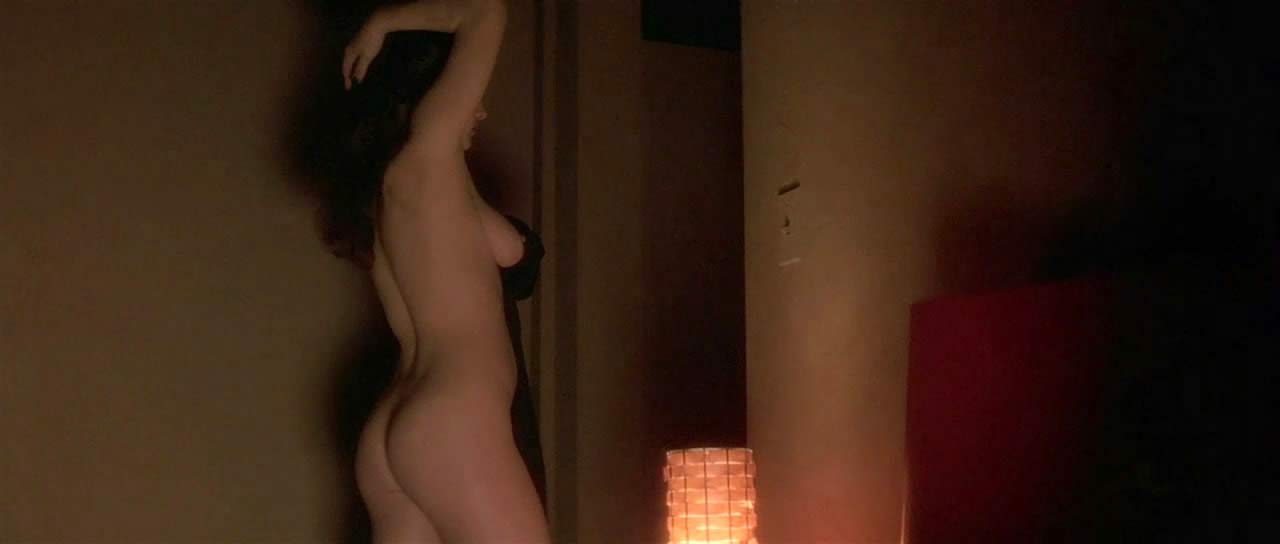
Curves of obsession
Finishing the movie, we stepped out into the frigid night and knew that everything we knew about movies was subtly different.
Lynch stood out as being so effective at letting images and silence rouse emotions that to say anything about it is to say nothing useful about it (although I keep trying).
Mulholland Drive
A few years later, my friend Franco invited me to accompany him to the arthouse theatre in Campbell, CA (or was it Los Gatos)? Lost Highway served as training wheels for the complexity of Mulholland Drive, another Möbius strip narrative rooted in sexual jealousy, delusion, and – as a new wrinkle – the Hollywood machine that consumes sweet young girls – the Girl scout to his Eagle – and leaves them as hangers on, jilted lovers, prostitutes, or all three.
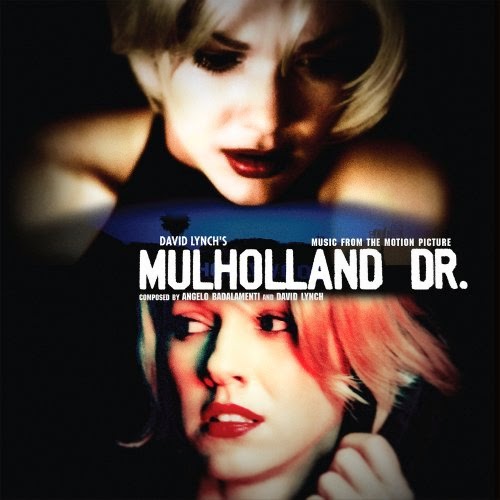
A masterpiece
I always felt a deep love of the of the feminine in the work of Lynch (although sometimes he put them though some awful moments) and he showed a deep connection to female desire, jealousy, and frustration in Mulholland Drive.
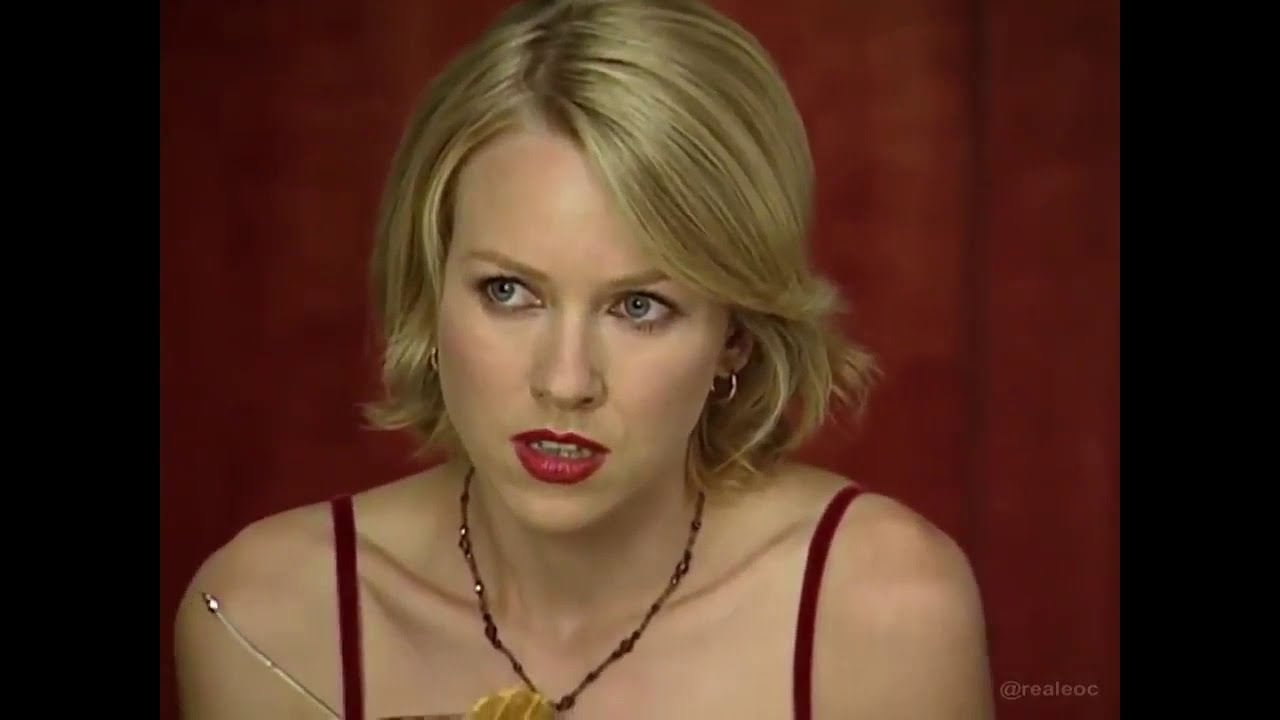
The rotten jealousy and humiliation of being spurned publicly
On top of this, Lynch’s vision was ably channeled by one of the most talented actors of her era delivering an amazing performance: Naomi Watts. Seeing the two interact on the subject of the movie, one senses deep respect: he saw all she had to offer and had honed as a working actor and worked to create a cathedral for her talent to fill. As a single performer, Watts played two characters that looked the same, and seemed to be having the same life, but who were actually worlds apart (another parallel to Lost Highway). In her complex and gifted performance, Watts could reveal:
- a girl living her dream and playing at a Nancy Drew lark in a glossy Hollywood
- a girl of talent denied her rightful role by an uncaring industry that will pass on her for the sake of some bigwig’s no-talent pet getting the role
- a no-talent hack actress running lines
- a no-talent hack actress waking up to a destiny of slinging plates at a diner
- an actress about to shift from hack to luminary as she delivers hack lines so beautifully they could draw tears
- a hungry, greedy lover gobbling up the luscious, wide-eyed, mysterious sensuality of Laura Elena Haring
- a jilted lover consumed by frustration, whose anger-infected, tear-drenched attempt at self-pleasure only deepens her sense of loss and humiliation
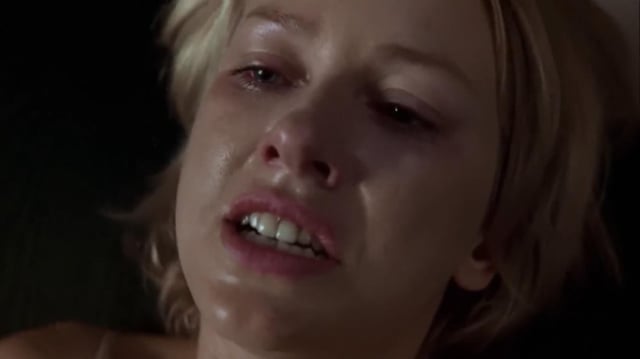
Watts goes to a very vulnerable place and communicates so, so much
It was a complex performance that was staggeringly real even as it insisted that it was all fake, none of it happened; it was all on tape. We feel for people and events that aren’t real, that can’t be real, but that seduce us nevertheless. We’re told it’s a trick, but we want to be fooled, and if the magician fails, we’ll do the fooling of ourselves, ourselves (echoes of The Prestige).
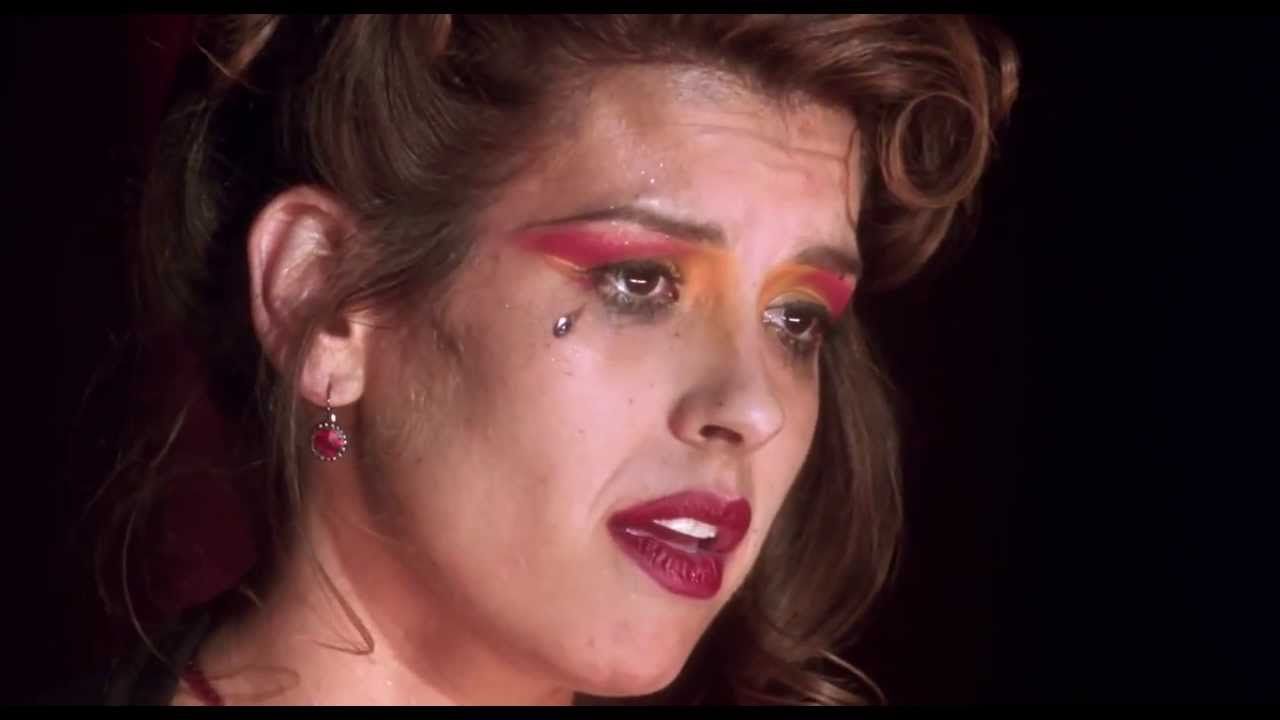
Rebekah del Rio singing ‘Llorando’
As Franco and I left into the cool Northern California night, I knew that that movie was one of the ones I would never forget. I wound up buying the Laura Elena Haring poster and the Naomi Watts poster for the film and framing them both in an anticipation of a theatre room I would never have. I kept them for many years before parting with them several moves ago.
In the obituaries of Lynch Mulholland Drive was called his masterpiece. It is.
Artist / Advocate
Beyond cinema, Lynch was a renaissance man whose creativity spilled into painting, music, and photography. With collaborator Angelo Badalamenti, he would sit on a piano bench, acting like a dowsing rod and bodily responding to motifs or sounds Badalamenti made. He was an outspoken advocate for Transcendental Meditation, insisting it fueled his creative process, gave him equanimity, and helped him perceive oceans of love. This multidisciplinary approach showed that Lynch wasn’t merely a filmmaker who occasionally dabbled in other forms—he was an artist of consciousness whose visions transcended medium.
And who will take up that mantle? In 2017, Lynch himself showed he still had visions to share with Twin Peaks: The Return; a work so steadfastly Lynch it demonstrated that his creative powers hadn’t diminished with age. Christopher Nolan has the vision, but succumbs to cleverness and decodable secrets. Jon Chu with Wicked and (“Wizard of Oz,” again) has the dreams but not the taste for surreality. But someone out there is having gauzy, tortured dreams out of the depth of the collective unconsciousness. I hope they’ll share them with us soon, because in this era we need the escape that such dreams and nightmares provide.
Postscript
In a beautiful synchronicity, I just discovered that the Kijkhuis in Leiden –the very arthouse theatre where Gil and I experienced Lost Highway decades ago – is mounting a comprehensive David Lynch tribute soon. They’ll screen his entire filmography, from Eraserhead to Inland Empire, including Lost Highway.
The circular nature of this feels appropriately Lynchian—the theatre where I first encountered his Möbius narratives is now celebrating his legacy. If I were still in the Netherlands, I’d revisit that same screening room and let the cinema pull back a velvety, deep-red curtain on Lynch’s dream of the images in my mind.